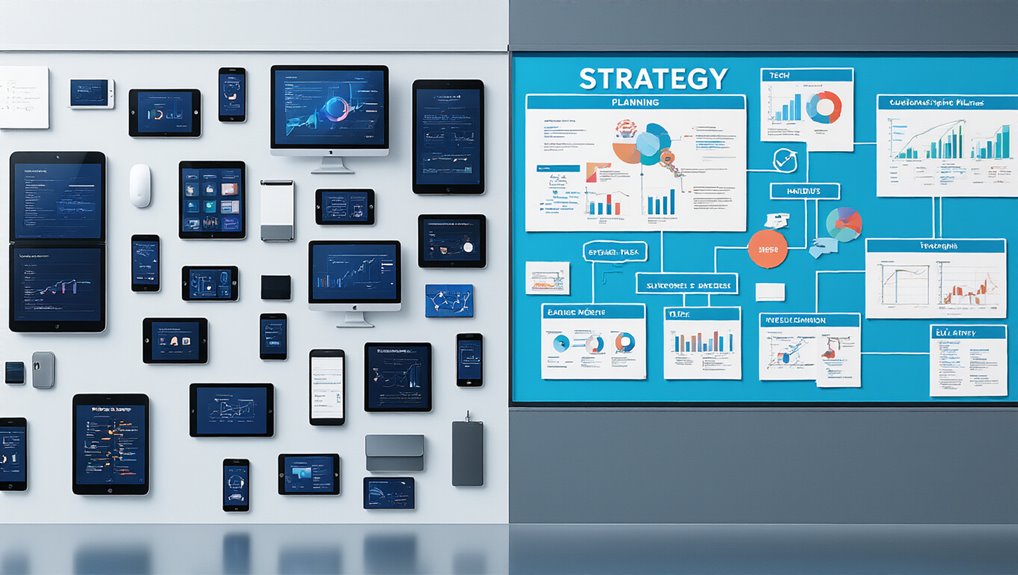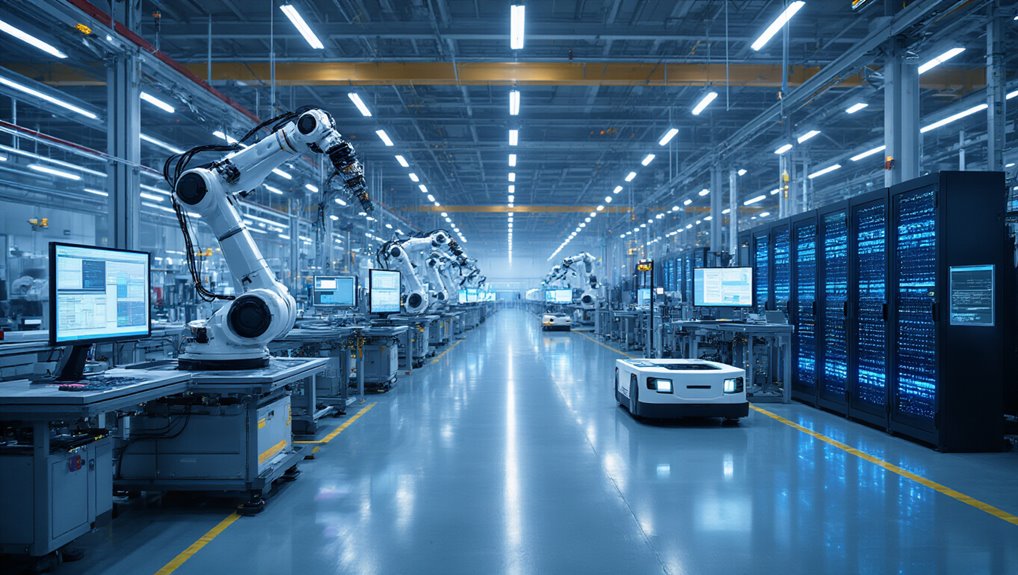As organizations face mounting pressure to innovate and remain competitive, generative AI has emerged as a pivotal force reshaping the digital transformation landscape. The meteoric rise of this technology—from a $29 billion market in 2022 to nearly $45 billion today—signals a fundamental shift in how businesses operate. Companies that position generative AI at the forefront of their digital strategies, rather than as an afterthought, stand to capture significant advantages in productivity, customer experience, and revenue growth. Successful implementation typically requires a cross-functional approach to overcome the collaboration challenges that affect 75% of organizations.
The economic impact of generative AI cannot be overstated. McKinsey estimates it will generate between $6.1 and $7.9 trillion annually by 2030, while Goldman Sachs projects a 7% increase in global GDP. These aren’t just abstract figures—they translate to tangible returns. Organizations earn approximately $3.70 for every dollar invested in generative AI technologies. Despite these compelling economics, only 10% of mid-sized companies have fully integrated these solutions, leaving substantial opportunity for early adopters.
Adoption rates have doubled to 65% between 2023 and 2024, yet implementation challenges persist. The talent shortage represents a significant barrier, with 45% of businesses lacking necessary implementation skills. North America continues to lead the global adoption landscape with a 40% adoption rate, creating regional competitive advantages. Organizations must address this gap while simultaneously managing customer concerns about data security, which 75% of clients cite as a primary worry.
The technology enhances rather than replaces human capabilities. Nearly half of U.S. executives report productivity gains from generative AI, particularly in content creation and customer engagement. The average professional using AI-powered chatbots saves 2 hours 20 minutes per workday on routine tasks. AI-driven predictive analytics enable personalized experiences at scale—a capability 61% of senior leaders consider essential for future growth.
Forward-thinking organizations are already witnessing 30-50% productivity improvements through AI-driven development services. New benchmarks demonstrate performance improvements of up to 67 percentage points in just one year, highlighting the rapid evolution of these technologies.









